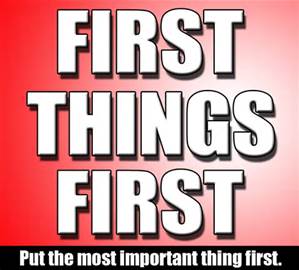Owning your business involves more than walking in the door every day and saying: Let’s see what happens today. Your strategy for success could be as simple as developing key activities. Identifying annual activities can even be broken down into monthly and weekly plans. These activities need to accomplish your goals.
Know your goals.
Then you can develop easy-to-implement business and marketing strategies. Avoid making complicated plans. When you encounter tasks or areas where you or your team lack understanding, engage a consultant familiar with that area. If you have tax liability issues with out-of-state customers or vendors, involve your tax authority or Certified Professional Accountant (CPA). Professional consultants exist to reduce your risks, save you money, and make your life and work easier.
Some business owners find they are most productive early in the morning. They get to the office before other employees. They have time to work without worrying about the phone ringing or people popping their head in with problems. If this description fits you, make sure you make it productive time. Develop a list of tasks you need to accomplish. Start with the most important. If it’s payroll, get it done. If it’s strategic consideration about expansion, take the time to think things through.
As you go through these tasks, develop what your list of activities. Prioritize those critical to the growth and overall success of your business. You need to know what must be done to drive sales, meet production goals, increase efficiency, manage your team, and keep customers satisfied. Any activity that fails to have positive influence in one of these areas should be considered non-essential. Eliminate it from your priorities.
Focus on key activities.
Whatever are not key activities waste your valuable time. Would you rather spend time earning an extra $10,000 today or lose $5,000 on an unproductive challenge?
Brand Your Work – Work Your Brand




